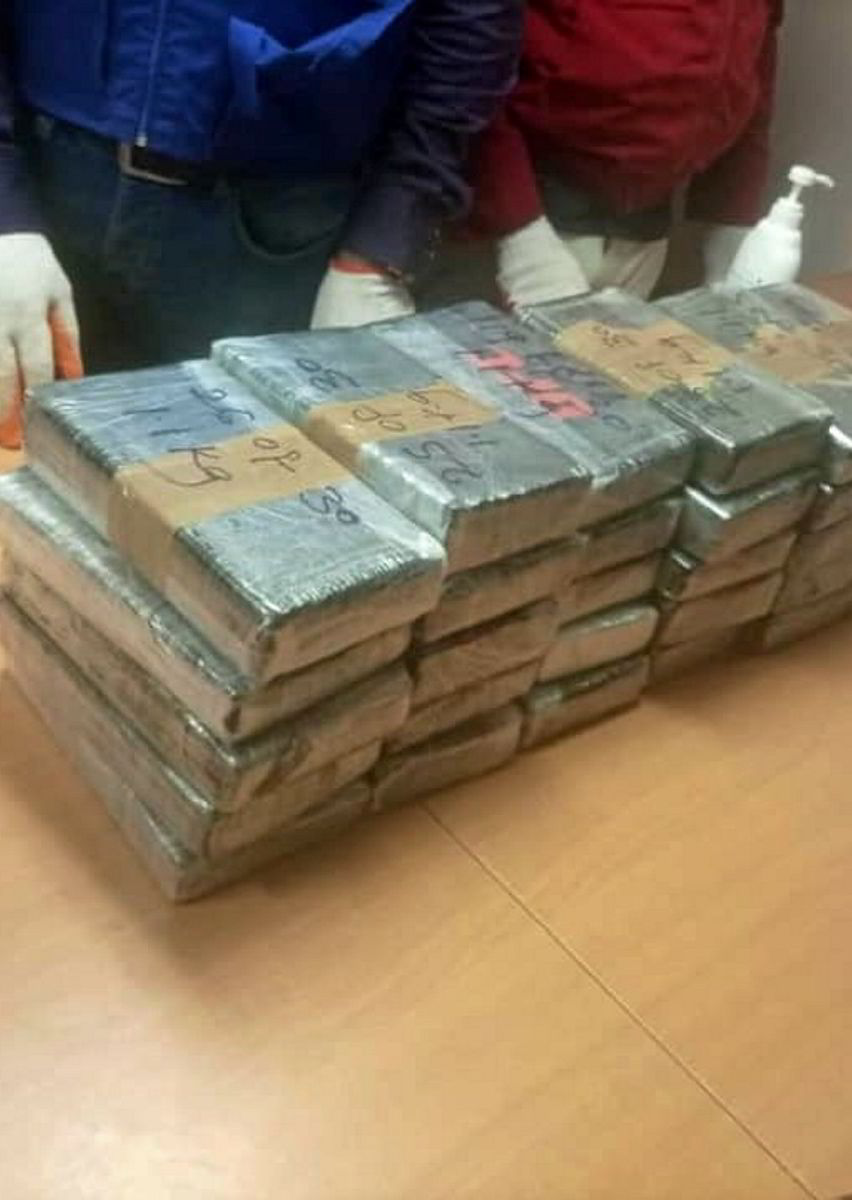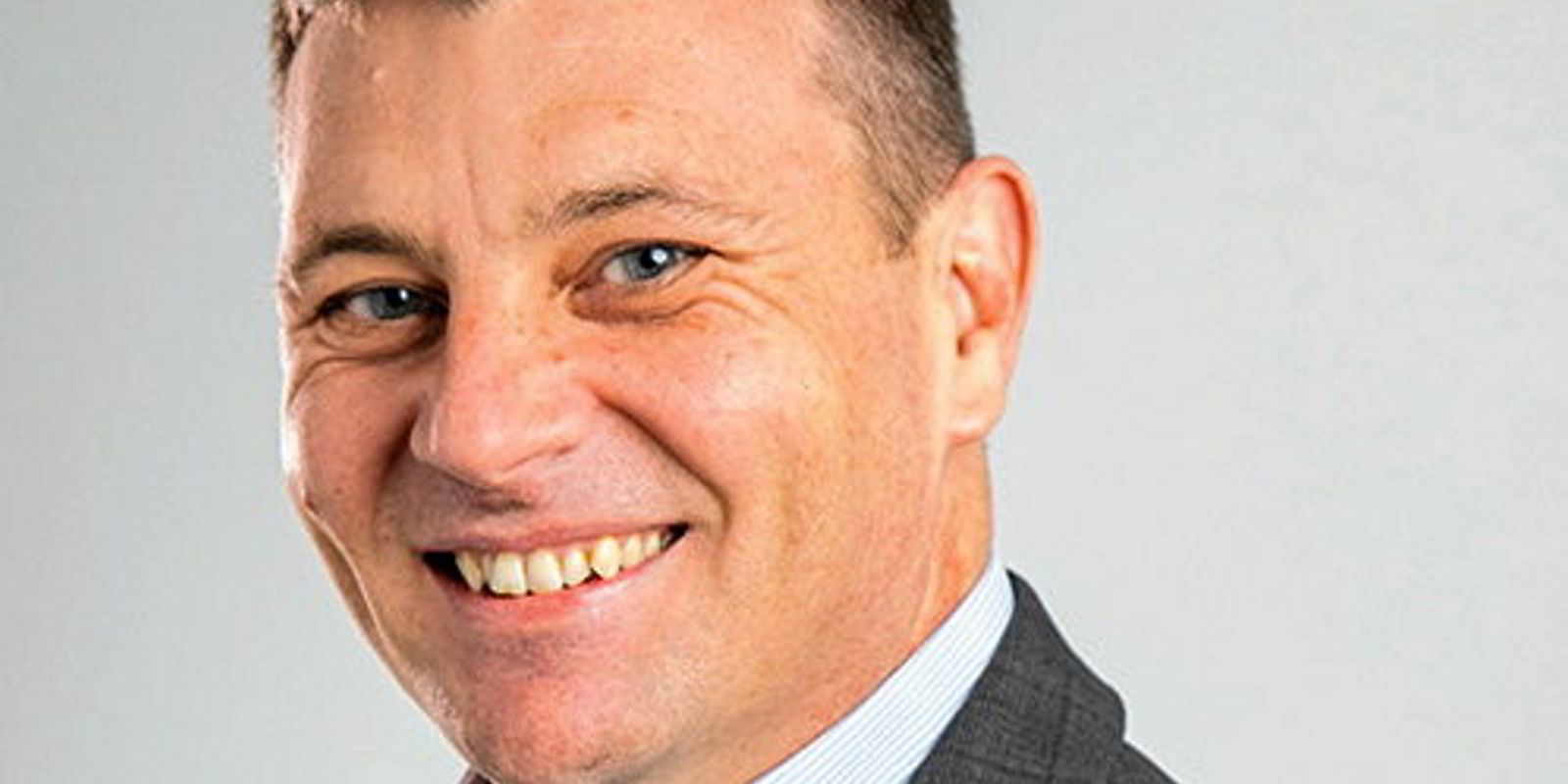Shipowners are in increasing danger of falling victim to a sophisticated international drugs trade, insurers warn.
Soaring global demand now makes ships the most suitable method to smuggle high volumes of cocaine and other drugs across borders.
TradeWinds reported on four drug seizures involving merchant shipping in the month of May alone.
Dean Crossley, loss prevention manager at the West of England P&I Club, said such incidents represent just a fraction of the volumes being unwittingly transported on ships.
According to figures from logistics insurer TT Club, 110 tonnes of cocaine were seized at the port of Antwerp last year.
“To meet demand, there has to be an increase in supply, and that entails the numerous networks of cartels,” Crossley said. “The easiest way to transport large volumes is the merchant fleet.”
To disguise the illegal trade and avoid detection, drugs are now being transshipped from Latin America to low-security countries in Africa and then on to the main markets in Europe.
So what have previously been regarded as low-risk ports are now getting caught up in the drugs trade.
The TT Club has started to collate detailed intelligence reports, along with partner BSI Group, of the geographical reach and the increasingly diverse gateways criminal gangs are using to supply the European market.
The idea is to keep the shipping industry better informed of the changing risk patterns.
Crossley advises taking a comprehensive global look at drug smuggling when undertaking risk assessment.
“You have to look at the broader picture,” he said. “When you start your risk assessment, you have to also ask: ‘Am I going to a port which could be used as a hub?’, then you have to consider your exposure.”
A wide range of methods exists to harden ships against drug smugglers, some of which might be considered too expensive or simply not practical, such as drones or underwater barriers.
But other measures that all ships can take can be equally effective.
“If you make your ship look as if it is constantly being watched, then you shift the targeting profile,” Crossley said. “The other part is crew training and prepping, which is vital for understanding what is required, especially when it comes to inspections and what to look out for.”
Securing the grate over the sea chest with tamper-proof devices is another simple deterrent.
“A continuous inspection programme needs to be undertaken to look for tell-tale signs, like a manhole cover which has been tampered with,” he said. “Crew training is vital and needs to be specific.”

Local police and port authorities can be heavy-handed when drugs are found on board, even when the ship is an unwitting victim of the smugglers.
Ship detentions can run from weeks to years if a criminal prosecution follows the discovery of drugs. It is vital, then, that shipowners keep a record of all the measures they have taken to try to prevent smuggling, because being proactive is likely to be viewed favourably by the authorities.
“The best thing is to evidence everything and provide a full story behind what you have done and what risk precautions you have taken to mitigate the risk,” Crossley said. “It is vital to point out that you have abided by, and not broken, any of the mandatory regulations behind this.”
Honesty is always the best policy for shipowners or managers if drugs are discovered by crew, even though it might lead to a lengthy ship detention: “Hiding it is not going to help your cause at the end of the day; you have to be upfront right from the get-go.”





